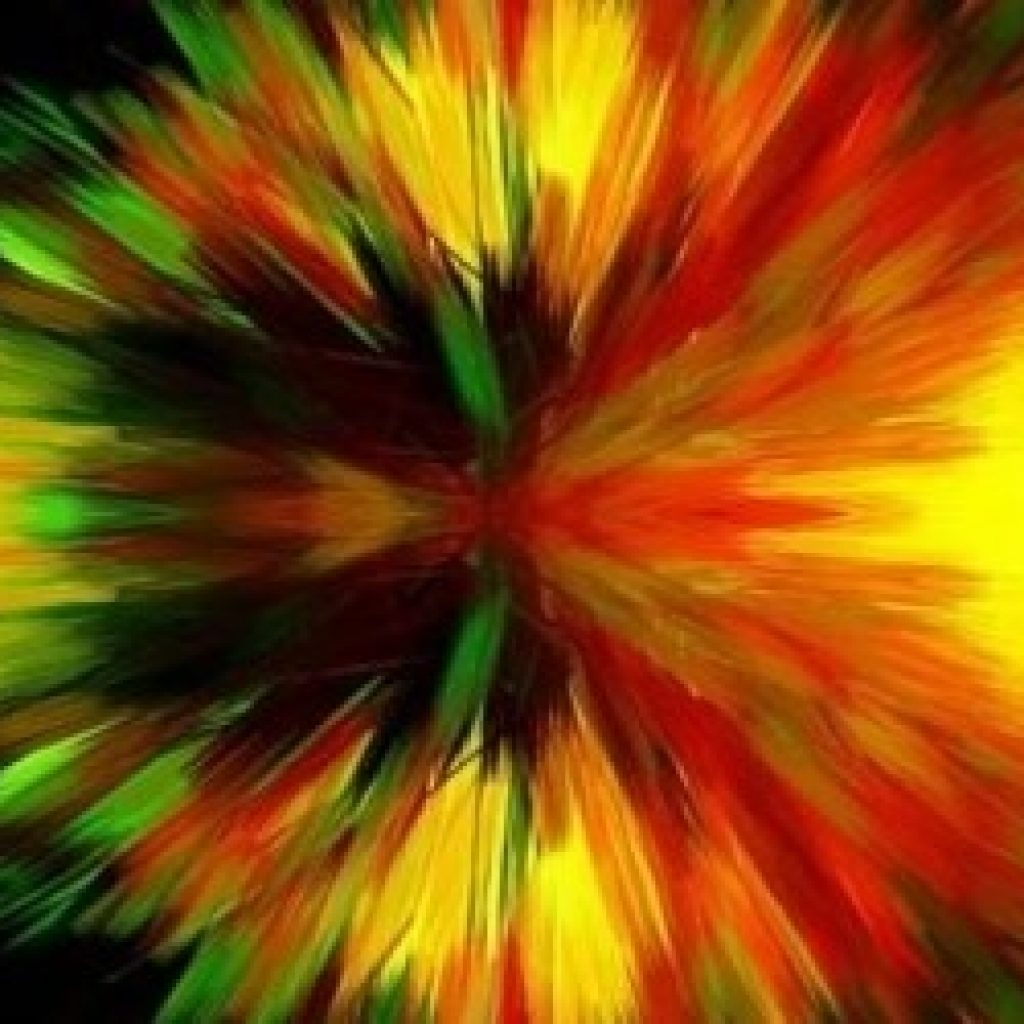(IEEESpectrum) Using a simple laser of the sort found in undergraduate optics labs, physicists may be able to perform some of the same calculations as a hard-to-handle quantum computer operating at ultracold temperatures.
The trick is to use classically entangled light, a phenomenon that has some of the same properties as the traditional entanglement spun out of quantum mechanics. Researchers Yijie Shen from Tsinghua University, Beijing, China, and the University of Southampton, UK, and Andrew Forbes from the University of Witswaterand, Johannesburg, South Africa showed they could create a light beam with multiple entanglements.
Classically entangled light, sometimes called “structured light,” is not a new concept. But until now no one had entangled more than two properties at once. Forbes says his group’s method can entangle a potentially infinite number of pathways, though the limitations of their equipment might impose a practical cap. In their paper, his group demonstrated eight degrees of freedom within one beam.
They do it simply by changing the spacing between mirrors in the laser cavity.
“There’s an infinite number of paths that you can take—up, down, left, right, diagonal,” Forbes says. “Not only could we make light that took many different paths at once, but we could encode information into those paths to make it look like we were holding a high-dimensional multi-photon quantum state.”
Because quantum computing relies on particles existing in multiple states, some of the algorithms developed for it could be run using classically entangled light instead, Forbes says.
How Close Is Ordinary (Classically Entangled) Light To Doing Quantum Computing?
